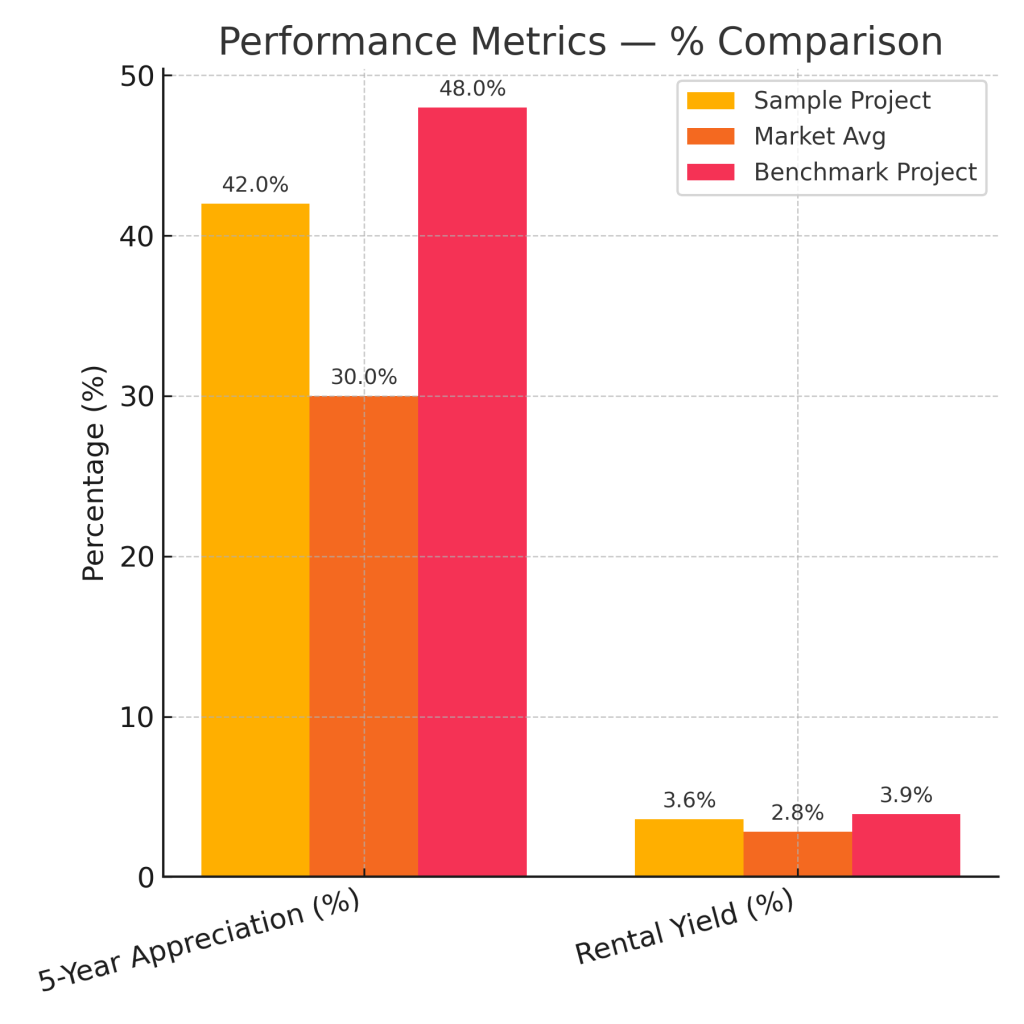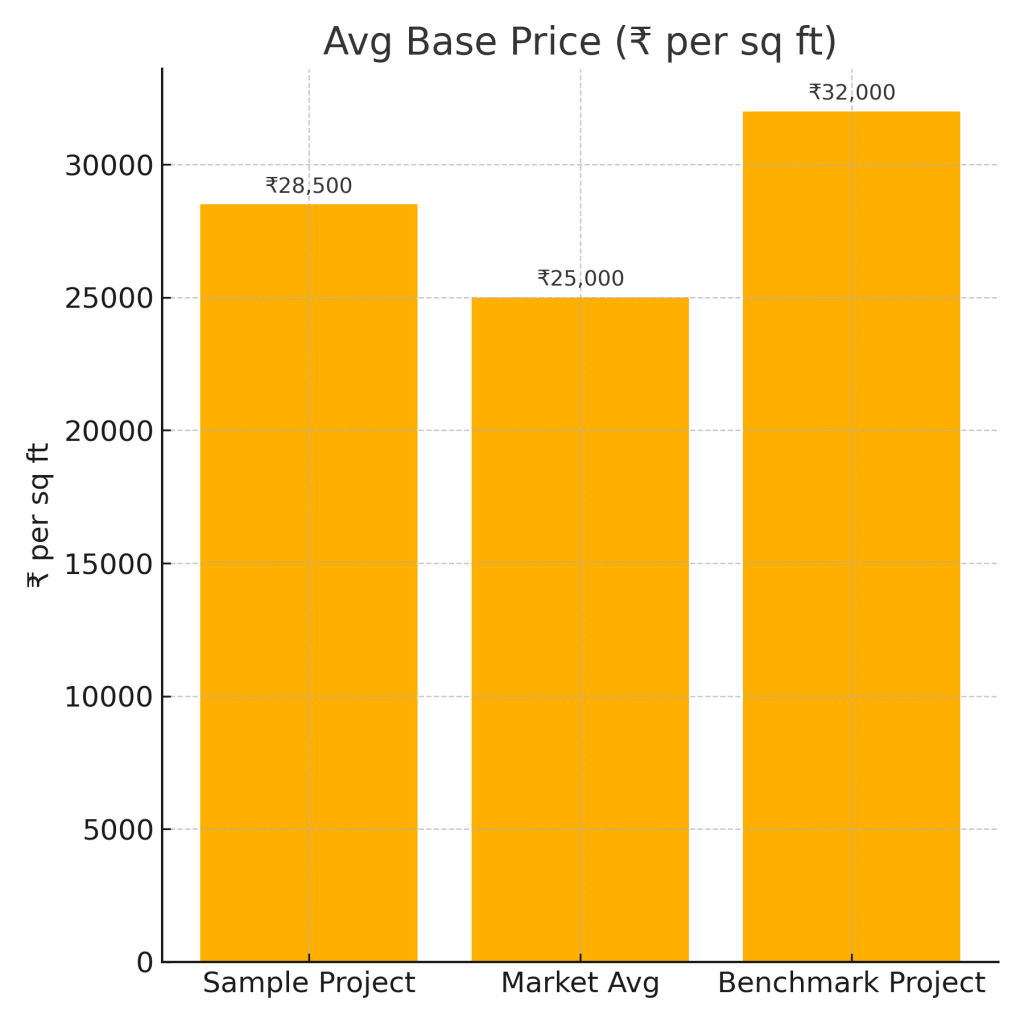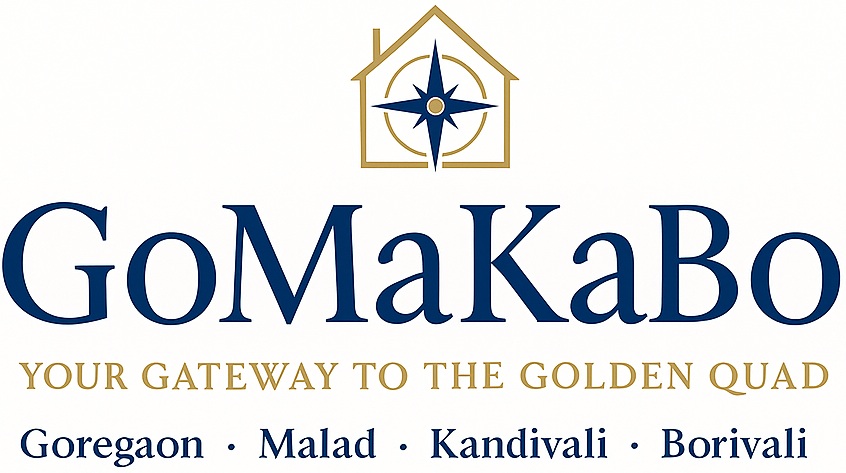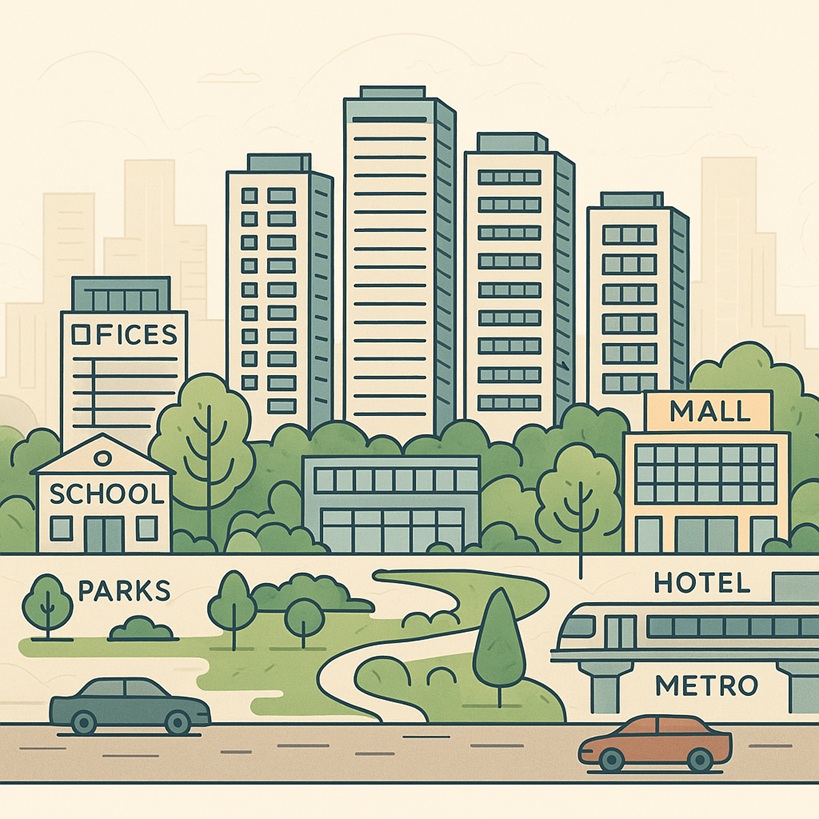A GoMaKaBo Insight
Introduction
Mumbai’s real estate market is crowded, noisy, and often overwhelming — with dozens of projects competing for your attention in every micro-market. But not every launch deserves your investment.
Evaluating a real estate project like a pro means going beyond brochures and show flats. It involves understanding location fundamentals, developer credibility, product design, financial metrics, and market positioning — all with a structured lens.
At GoMaKaBo.net, each listed project is already curated using such a framework, helping buyers shortlist faster and smarter.
Location & Connectivity
Location remains the single biggest driver of both capital appreciation and liveability. A great project in a poor location rarely performs well over time.
What to Check:
Distance to business districts & job hubs
Proximity to major transport (highways, metro, rail)
Future infrastructure projects in the vicinity
Liveability of the neighbourhood (schools, hospitals, retail, parks)
| Commute Time to Key Hubs | Avg. Capital Values |
| Under 20 min | Highest premiums |
| 20–40 min | Mid-range pricing |
| 40+ min | Budget segments |
Developer Track Record
A project is only as reliable as the team behind it.
Evaluate:
RERA registration & compliance history
Past delivery record (on time? quality?)
Financial stability & partnerships
Brand reputation in the micro-market
Pro Tip: Stick to developers with multiple completed projects and consistent RERA histories.
Product Planning & Design
Layout and design quality directly affect both everyday liveability and long-term resale value.
Key Parameters:
Layout efficiency (circulation vs usable space)
Natural light & ventilation
Density (units per acre / floor)
Open space ratios
Balconies, setbacks, and privacy between towers
Well-planned projects often command a resale premium of 5–10% over poorly designed ones in the same area.
Amenities & Ecosystem
Amenities are no longer limited to gyms and swimming pools. Buyers today expect a complete ecosystem inside and outside the gates.
Evaluate:
Internal: clubhouse, terraces, co-working spaces, recreational areas
External: schools, hospitals, retail, business hubs within 10–15 mins
Township ecosystem vs standalone amenities
Projects that combine internal lifestyle features with external urban infrastructure tend to offer stronger lifestyle and investment value.
Powerful Closures: Leaving a Lasting Impression
This is where most buyers stop at “price per sq.ft.” — but pros dig deeper
Key Metrics to Assess:
Base price vs micro-market average
Payment plan structure (linked to milestones, subventions, etc.)
Expected rental yield vs other investment options
Potential capital appreciation based on infra drivers
Maintenance costs & outgoings
Project Evaluation Checklist — Scoring Framework

Pro buyers assign scores to each parameter and use it to shortlist objectively.
Legal & Regulatory Due Diligence
Always confirm:
RERA registration
Title clarity and encumbrance certificates
Construction & occupation certificates (if ready)
Realistic possession timelines
These checks may seem tedious, but they protect you from years of potential delays or legal headaches.
Comparative Market Positioning
A pro doesn’t just evaluate a project in isolation — they benchmark it against its competition.
For example, here’s how a sample branded project compares to its micro-market average and a competing benchmark:


Even small differences in pricing vs positioning can affect both entry strategy and exit value.
Conclusion
Evaluating a real estate project like a pro doesn’t require a degree — just a structured framework.
When applied consistently, it helps you:
- Cut through marketing noise
- Compare apples to apples
- Avoid emotionally driven decisions
- Spot genuine value before everyone else does
At GoMaKaBo.net each listed project is already evaluated against this framework — saving you time, effort, and risk.



